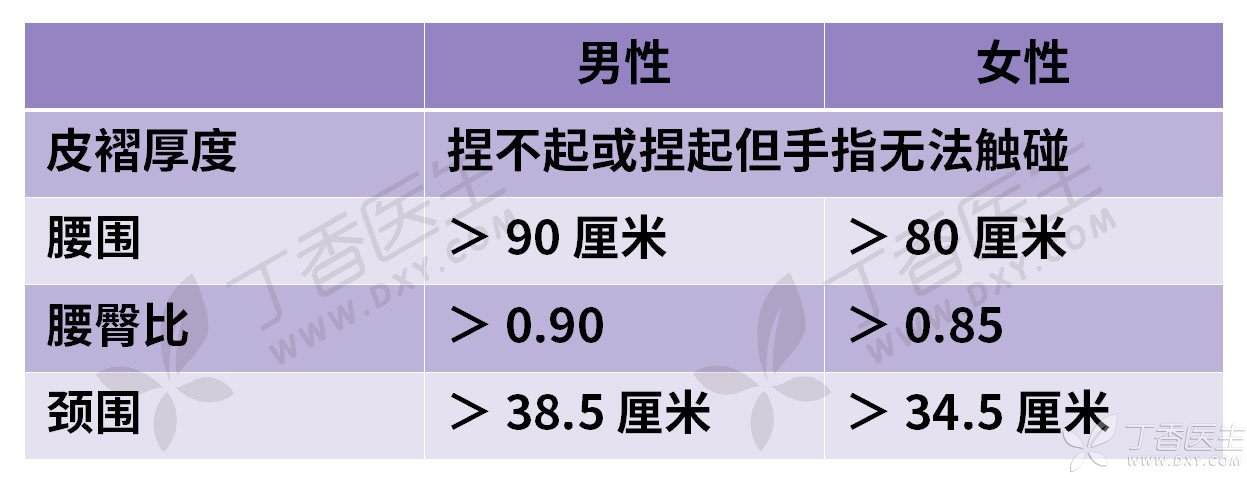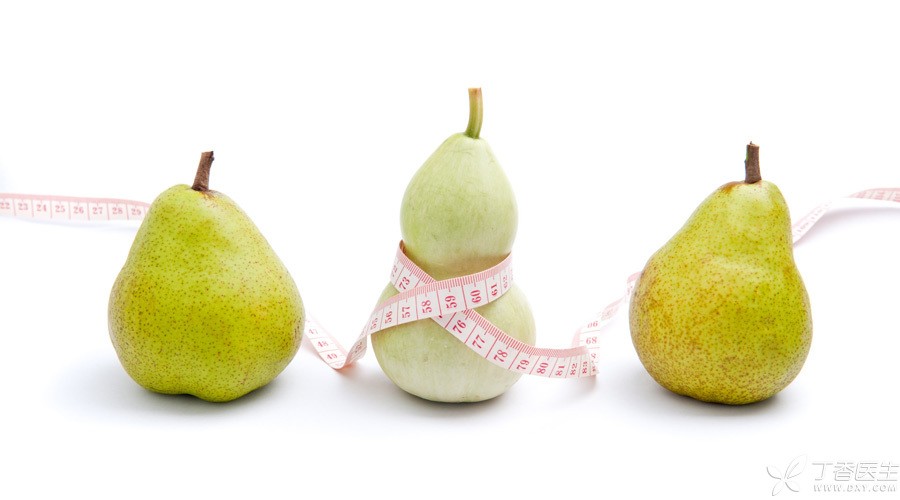
Fat or not, the key is not weight, but fat.
一般来说, 成年女性体脂率(体脂肪量/体重)>30%, 成年男性体脂率>25%, 可以判断为超重或肥胖.One is [systemic obesity], that is, the kind of obesity that is relatively uniform. The other is[concentric obesity]], belongs to the health risk is relatively high.
However, most people may only know how much they weigh and have not been measured by a body fat meter. Don’t you know how fat you are? What should I do?
There are 7 simple indicators that can be quickly judged.
Measure how thick your skin is
Do you have [bye-bye sleeves]? Do you have folds on your stomach when you sit down? Will Bra print on the back? … …
In fact, the thick skin is not afraid, and they are afraid of these places-the skin of big arms, belly and back is too thick. Professionally, it is called the skinfold thickness of arm brachium, abdomen and scapula. These three places are standardized measurement positions determined by years of research.
By the way, it usually needs help from others.
How?The three fingers are pinched and lifted, and the skin and flesh are separated.
Essentials: Pinch and lift the skin with the thumb, index finger and middle finger, and be careful not to pinch the muscles. This action is called “pinch and lift”.
Pithy formula: Find the right position [321], that is, three right sides, two midpoints and one side.
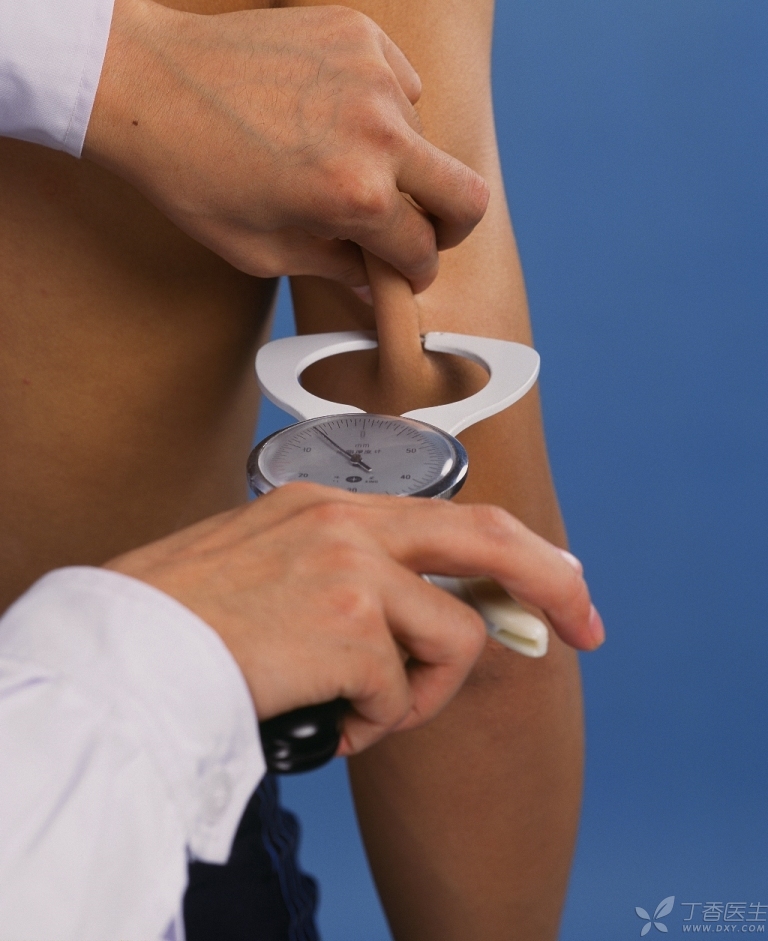
Indicator 1 Arm-Arm-Brachial Skinfold Thickness
Relax your arms and droop naturally. Find the midpoint of the rear side of the upper arm of your right hand, from the acromion (the highest point of the arm and shoulder) to the midpoint of the line connecting the olecranon (elbow).
When pinching, the skinfold direction of the arm and brachium is parallel to the arm and trunk and perpendicular to the ground.
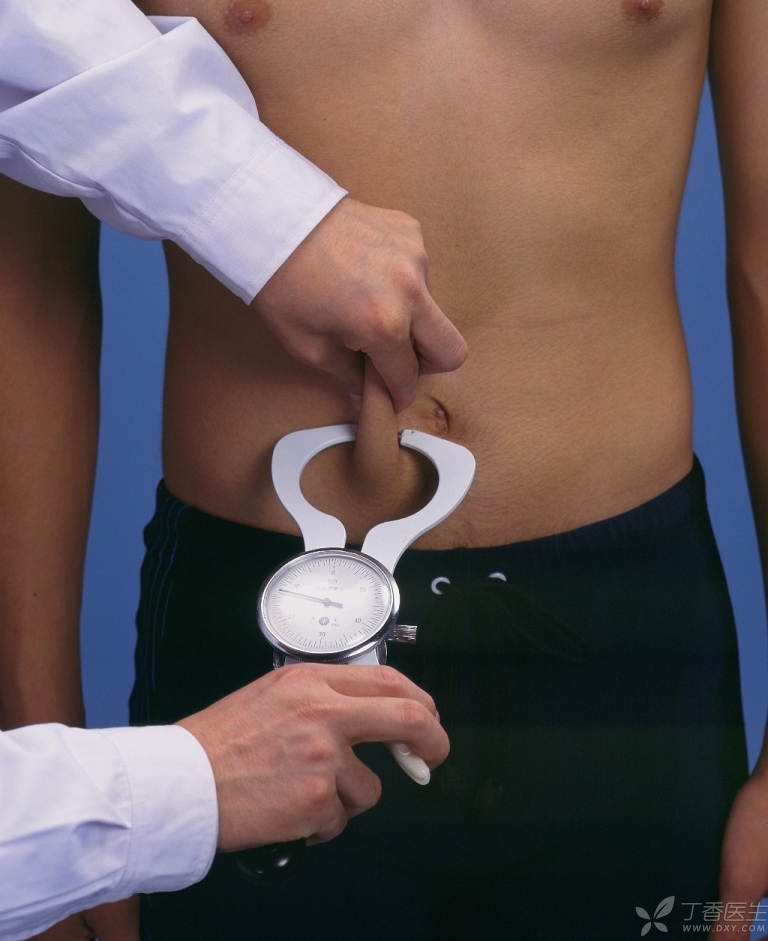
Indicator 2 Belly-Abdominal Skinfold Thickness
Stand naturally, relax your abdomen, do not exert yourself, and do not hold your breath. Find a place two fingers wide from the right side of your navel.
When pinching, the skinfold direction of the abdomen is parallel to the arm and trunk and perpendicular to the ground.
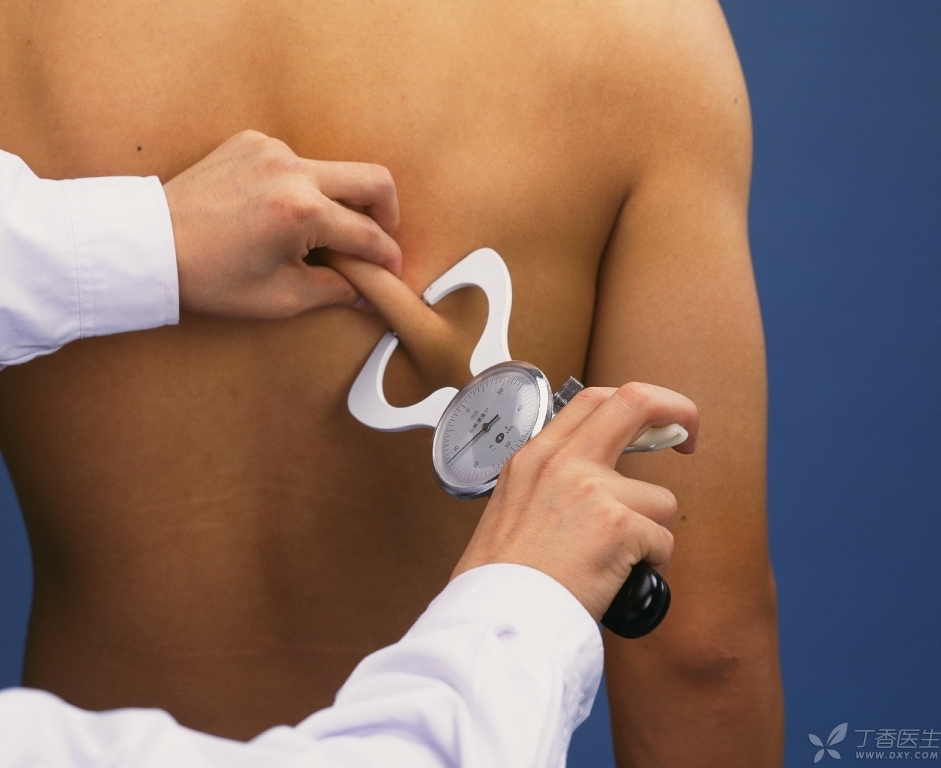
Indicator 3 Back-scapular skinfold thickness
Find the lower corner of the right scapula, which is the position where it will protrude, extend the direction of the scapula, and pinch the skin at 45 degrees with the spinal line.
For professional measurement, the skinfold thickness meter in the above figure is usually used to measure the reading 1 cm below the pinching point. However, the measured value is generally not the only judgment value, but only one of the warning items.
In family measurement, it is enough to directly feel the thickness and changes of fat accumulated in these three parts.
- If pinching is very laborious, fingers can touch each other or faintly touch each other between the skin, indicating that fat is less and skin is thin. If it can be easily pinched and lifted, fingers have been unable to touch each other, indicating that fat is thicker and attention should be paid to it. There is also a case where subcutaneous fat is already thick enough to be difficult to pinch and lift, which belongs to [fat is beyond cure].
Measure waist-hip circumference and calculate waist-hip ratio.
In addition to [systemic obesity], there is also a situation where body fat is more concentrated around viscera, also known as centripetal obesity, visceral obesity, abdominal obesity and apple obesity.
People with [general belly] [apple waist] [date pit] body, from the elderly to the weak and mature, do not support [prime minister’s measure] in [big belly], and both men and women have a higher risk of central obesity and related diseases.
How? Looking for the thinnest and thickest.
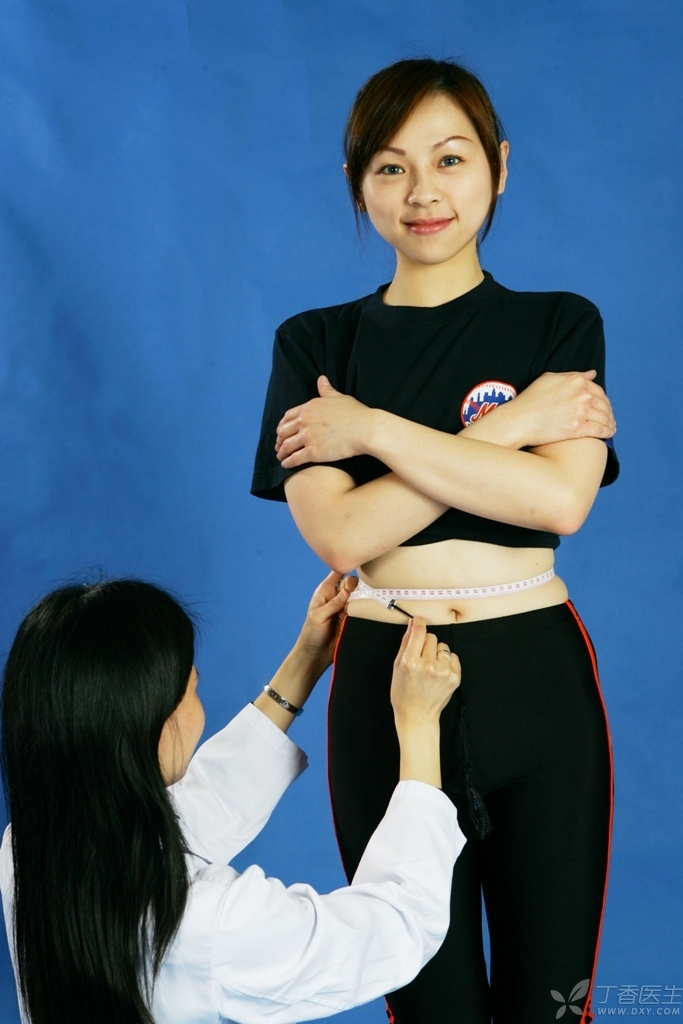
Indicator 4 Waist-Waist Circumference
Find the thinnest position and make a horizontal circle with a tape measure.
In general, women’s waist circumference > 80cm, men’s waist circumference > 90cm, can be judged as [centripetal obesity]. However, height differences should be considered.
What if I can’t find my waist?
Here comes the question: Many people are too fat to find the position with the thinnest waist and the most tilted buttocks. What should I do?
There are two ways:
- Method 1: On both sides of the body, find the two points of the lowest end of the ribs and the highest end of the hipbone, and take the middle point position to make a horizontal circle. Method 2: Find the intersection of the ribs on both sides in front of the chest, take the middle point position of the line connecting the navel, and make a horizontal circle.
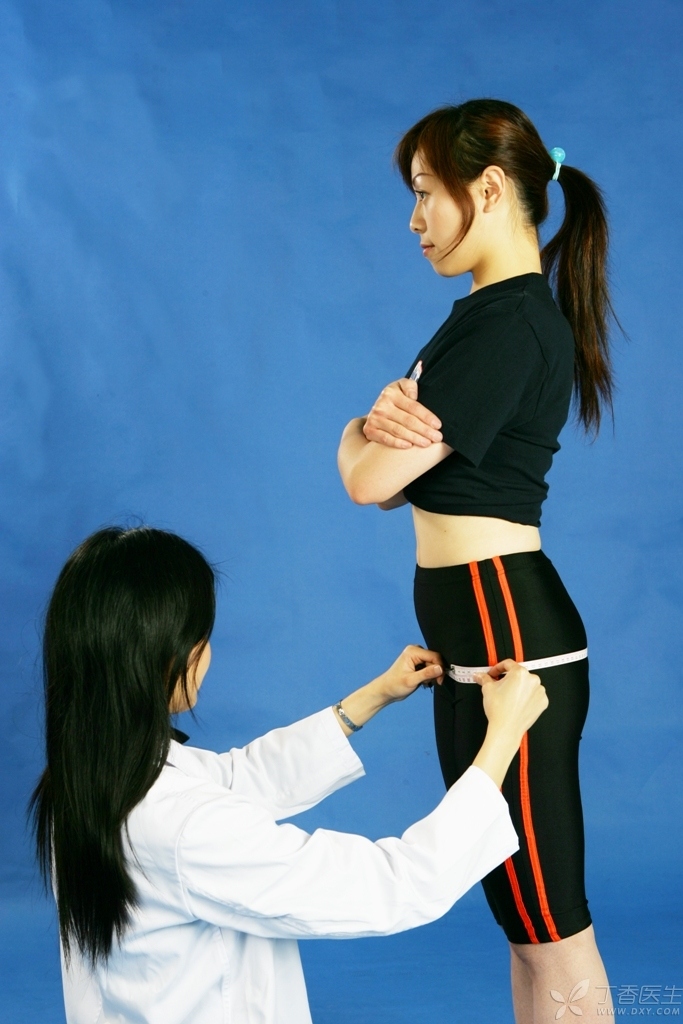
Indicator 5 Hip-Hip Circumference
Find the most tilted and maximum position and make a horizontal circle with a tape measure.
Indicator 6 waist-hip ratio-waist circumference/hip circumference
There are great differences in skeleton and muscle mass between people. You can’t take Yao Ming’s waist circumference as large, just say he is centripetal obese, can you?
Therefore, it is not enough to look at the waist circumference alone, and it is more suitable to calculate the waist-hip ratio of the waist circumference to the upper hip circumference.
In general, when the waist-hip ratio of women is > 0.85 and that of men is > 0.90, it can be judged as [concentric obesity] or the risk of unhealthy is higher.
Measure neck circumference
The head is big and the neck is thick. He is either a tycoon or a cook.
Modern studies have proved that the change of neck thickness is mainly determined by the thin thickness of subcutaneous fat in the neck and is closely related to the amount of visceral fat in the human body. Neck circumference is an important predictor of high risk of chronic diseases such as central obesity and even metabolic syndrome (three highs, cardiovascular and cerebrovascular diseases, etc.).
In other words, neck circumference can judge both whole body obesity and centripetal obesity.
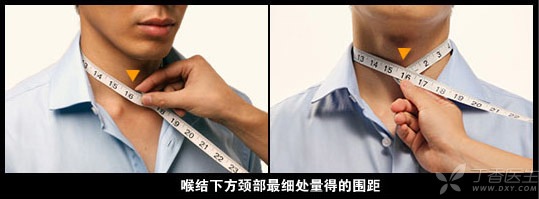
Indicator 7 Neck-Neck Circumference
How?
It is very simple. Just find the place where the Adam’s apple is located. The woman is the most prominent place in the throat. Use a tape measure to extend the Adam’s apple downward and measure horizontally for one week.
When the neck circumference of men increases to > 38.5 cm and that of women > 34.5 cm, it indicates that the risk of obesity (including centripetal obesity) increases.
When the neck circumference of men increases to > 38.5 cm and that of women > 34.7 cm, it indicates that the risk of related chronic diseases increases.
Summary
So, which indicator should be used to explain obesity?
The answer is: As long as any one exceeds the standard, attention should be paid.
Please keep the following table well and remember to compare it at any time.
